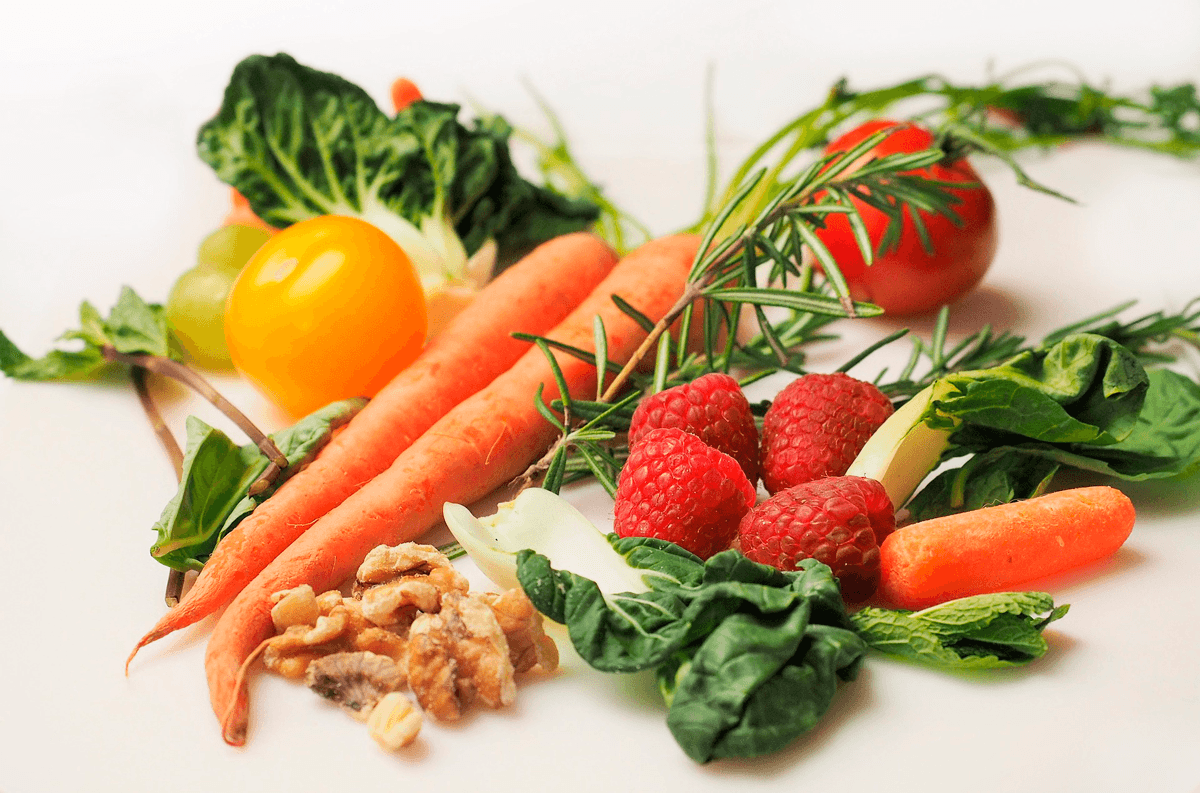 ED: Is it the Mediterranean diet? What about specific nutrients? What food is good for the heart and circulation?
ED: Is it the Mediterranean diet? What about specific nutrients? What food is good for the heart and circulation?
Research on nutrition and cardiac health is extensive, varied and evolving, targeting foods and nutrients as beneficial for heart health (see Table 1). A key focus is dietary fibre, including components such as beta glucans. Alongside dietary fibre, both omega 3 fatty acids and the polyphenol known as anthocyanins are valuable nutrients for cardiovascular disease (CVD) protection.
Overall, no single food or nutrient acts as a magic bullet for cardiovascular health. Rather, a combination of lifestyle factors and dietary patterns, adopted daily, promote heart health. A diet including vegetables, fruits, lean protein, low fat dairy and wholegrains will likely result in positive cardiovascular health outcomes.
Soluble fibre

Foods high in soluble fibre reduce low-density lipoprotein (LDL) cholesterol. During digestion, soluble fibre attracts water and forms a gel-like substance, with a duel benefit of removing cholesterol as well as reducing cholesterol absorption. Beta glucans found predominantly in oats and barley, are a type of soluble fibre. In conjunction with a healthy diet, beta glucan at a minimum of three grams daily has been linked to promoting cardiovascular health1.
Fibre and gut microflora
The gut-heart connection is an important consideration. A high fibre diet, as well as probiotics in fermented foods such as yoghurt2 increase gut microbiota, subsequently influencing inflammation. Furthermore, fermentation of fibre by microbiota may lessen hepatic cholesterol synthesis1.
Omega 3 fatty acids
Whether omega 3 fatty acids are consumed as plant-based foods or oily fish, both are beneficial as part of a healthy diet. However, research has not confirmed omega 3 fatty acids as supplements that prevent, manage or treat heart disease.
Anthocyanins
Anthocyanins are found in vegetables and fruit with red, blue and purple pigments. They have antioxidant properties, and Fairlie-Jones (University of South Australia) describes their cardiovascular benefits, partly due to a reduction in arterial stiffness and blood pressure. While more research is needed, there is scope to recommend consumption of anthocyanin-rich foods.
Table 1: Key nutrients and foods associated with cardiovascular health
| Nutrient | Foods |
| Soluble Fibre | Vegetables, fruits, legumes, flaxseeds, psyllium |
| Beta Glucans | Oats, barley |
| Omega 3 Fatty Acids | Nuts such as walnuts, seeds such as chia and pumpkin seeds, oily fish |
| Anthocyanins | Vegetables and fruits with red, blue and purple pigments such as eggplant, berriescherries |
References:
- Bozzetto L et al, Dietary Fibre as a Unifying Remedy for the Whole Spectrum of Obesity-Associated Cardiovascular Risk Nutrients2018, 10(7), 943.
- Batson M et al, The Gut Microbiota as a Novel Regulator of Cardiovascular Function and Disease Journal of Nutritional Biochemistry 56 (2018) 15.
- Fairlie-Jones L et al, The Effect of Anthocyanin-Rich Foods or Extracts on Vascular Function in Adults: A Systematic Review and Meta-Analysis of Randomised Controlled Trials Nutrients2017, 9(8), 908.
Questions? Contact the editor.
Author competing interests: nil relevant disclosures.
Disclaimer: Please note, this website is not a substitute for independent professional advice. Nothing contained in this website is intended to be used as medical advice and it is not intended to be used to diagnose, treat, cure or prevent any disease, nor should it be used for therapeutic purposes or as a substitute for your own health professional’s advice. Opinions expressed at this website do not necessarily reflect those of Medical Forum magazine. Medical Forum makes no warranties about any of the content of this website, nor any representations or undertakings about any content of any other website referred to, or accessible, through this website.

